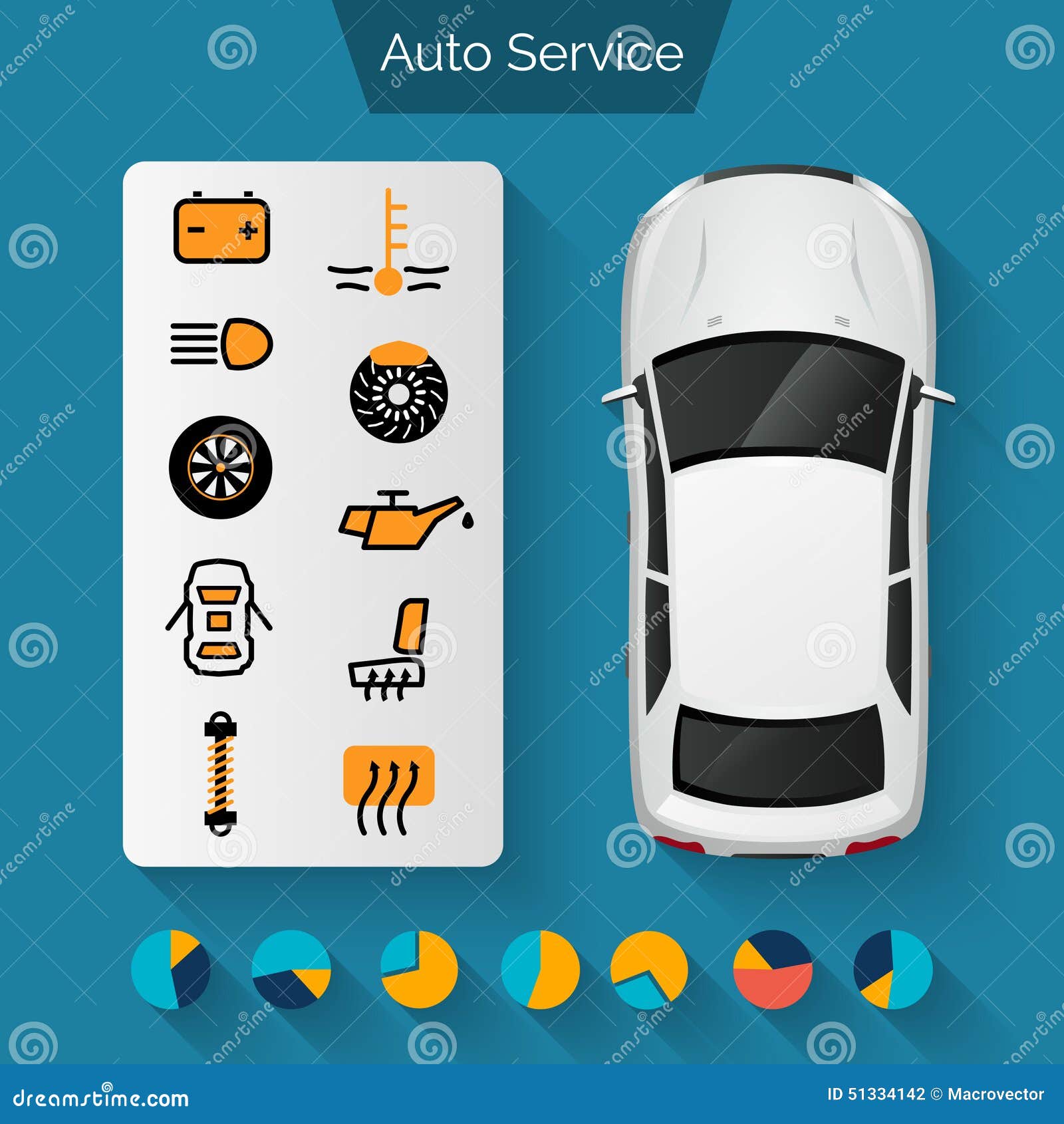Eager To Recognize What The Dashboard Warning Lights In Your Vehicle Represent? Explore Their Significances For The Wellness And Safety And Security Of Your Automobile
Eager To Recognize What The Dashboard Warning Lights In Your Vehicle Represent? Explore Their Significances For The Wellness And Safety And Security Of Your Automobile
Blog Article
Created By-Vinson Corbett
When you lag the wheel, those beautiful warning lights on your control panel can be a little bit perplexing. Do you know what they're trying to inform you regarding your vehicle's health and wellness? Comprehending the relevance of these lights is crucial for your safety and security and the longevity of your vehicle. So, the following time among those lights turns up, would not you intend to decipher its message accurately and take the necessary actions to resolve it?
Common Warning Lighting and Interpretations
Identify usual caution lights in your cars and truck and recognize their definitions to guarantee secure driving.
The most normal caution lights consist of the check engine light, which indicates problems with the engine or exhausts system. If this light comes on, it's critical to have your vehicle inspected without delay.
The oil stress cautioning light shows reduced oil stress, requiring instant focus to avoid engine damage.
A flashing battery light may recommend a defective billing system, potentially leaving you stranded otherwise resolved.
The tire stress surveillance system (TPMS) light notifies you to reduced tire stress, influencing lorry security and fuel performance. Disregarding this can lead to risky driving problems.
The ABS light shows a problem with the anti-lock braking system, jeopardizing your capability to stop quickly in emergencies.
Lastly, the coolant temperature advising light warns of engine overheating, which can lead to serious damages otherwise solved promptly.
Understanding these typical warning lights will assist you resolve issues promptly and keep secure driving problems.
Significance of Prompt Focus
Understanding the typical caution lights in your auto is just the first step; the significance of without delay addressing these cautions can't be highlighted sufficient to guarantee your safety and security on the road.
When a warning light illuminates on your dashboard, it's your cars and truck's way of interacting a possible concern that requires interest. Disregarding these cautions can bring about much more severe problems in the future, compromising your safety and security and potentially costing you extra out of commission.
wax detailing to advising lights can protect against break downs and crashes. As an example, a flashing check engine light could show a misfire that, if left neglected, might create damages to the catalytic converter. Resolving this promptly can conserve you from a costly repair service.
Similarly, https://www.beaconjournal.com/story/news/2021/11/22/akrons-giant-auto-parts-finds-niche-testing-used-catalytic-converters/8640538002/ warning light could signify reduced brake liquid or worn brake pads, crucial elements for your safety when driving.
DIY Troubleshooting Tips
If you observe a warning light on your dashboard, there are a few DIY fixing ideas you can try before seeking expert aid.
The primary step is to consult your cars and truck's handbook to understand what the details caution light indicates. Often the concern can be as straightforward as a loosened gas cap activating the check engine light. Tightening the gas cap may settle the issue.
An additional usual concern is a reduced battery, which can trigger various cautioning lights. Examining the battery connections for corrosion and guaranteeing they're secure could repair the issue.
If a warning light continues, you can attempt resetting it by detaching the cars and truck's battery for a couple of minutes and then reconnecting it. In addition, examining your car's liquid degrees, such as oil, coolant, and brake liquid, can aid troubleshoot cautioning lights associated with these systems.
Conclusion
In conclusion, comprehending your auto's warning lights is essential for maintaining your vehicle running smoothly and safely. By promptly resolving these alerts and recognizing what they indicate, you can prevent expensive repair services and potential break downs.
Bear in mind to consult your car's handbook for certain details on each cautioning light and take action as necessary to make certain a hassle-free driving experience.
Stay educated, remain risk-free on the road!
